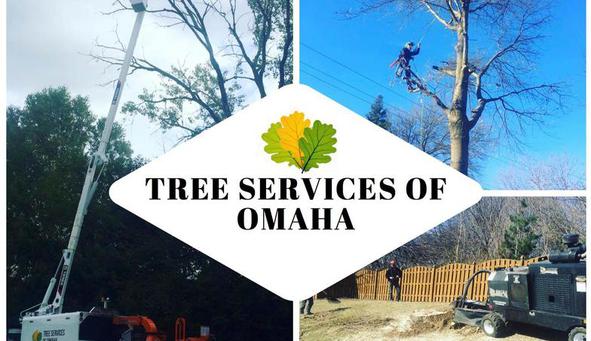Tree Services of Omaha - Omaha, Nebraska
Trees of Nebraska - Northern Catalpa
by David Steg on 10/21/14
Northern Catalpa (Catalpa speciosa)
Tree Services of Omaha
Northern catalpa is a tree that is not
usually planted as a landscape
specimen and it is often overlooked for
rural plantings as well. But the tree
does have some excellent qualities that
should not be overlooked.
Northern catalpa (Catalpa speciosa) is
native to a relatively small area of the
central Mississippi Valley basin from
southern Illinois down into Missouri
and Arkansas. The range of the plant
has greatly increased through planting
on farms as fence post material and as an ornamental. The wood is very resistant to
decay and it is much lighter in weight than black locust or osage-orange.
The name catalpa is said to come from a Cherokee
Indian word that means bean tree. The seed pods look
like large string beans. Speciosa is from the Latin
meaning species. Catalpa is sometimes called cigar
tree, also referring to the long seed pods that are
visible from mid-summer and into fall. The tree is
relatively large and may reach heights of 70 feet under
ideal conditions. The National champion is located in
Walla Walla, Washington and has a circumference of
22 feet and is 79 feet tall.
Northern catalpa provides a nice show of color in late
spring since it flowers after most all other trees have
finished flowering. The flowers are short lived and
when they fall they cover the ground like snow. The
leaves are large and heart-shaped. Catalpa can be
troublesome since the larger leaves and seed pods can
be messy. The pods open up in the fall and a winged
seed will fall out. The tree does not grow easily from
seed. The fall color is yellow.
One side benefit that catalpa can provide in some
areas is that it is a frequent target of the catalpa
sphinx. The larval stage of this insect feeds on catalpa leaves and this caterpillar is prized
as fish bait.
Catalpa is a member of the Bignonia family and is related to trumpet vine and royal
paulownia.
Catalpa will grow on a variety of sites but prefers a rich soil. The tree does not tolerate
being planted in shade. Select a larger open site. It is a relatively fast grower but it is
often hard to find in the nursery industry. Planted in groups or as a single specimen,
catalpa is an impressive tree.



